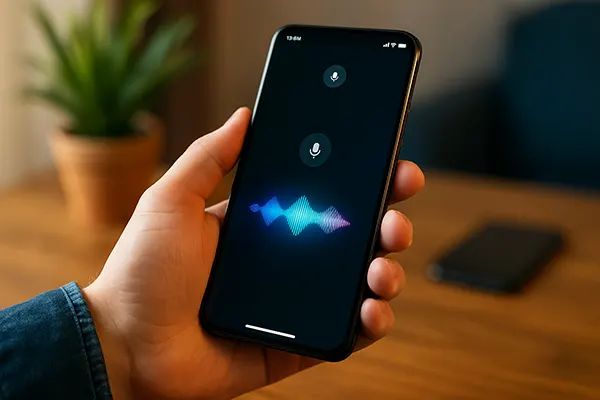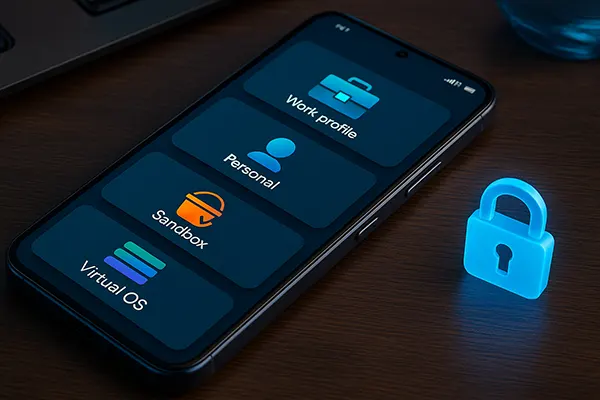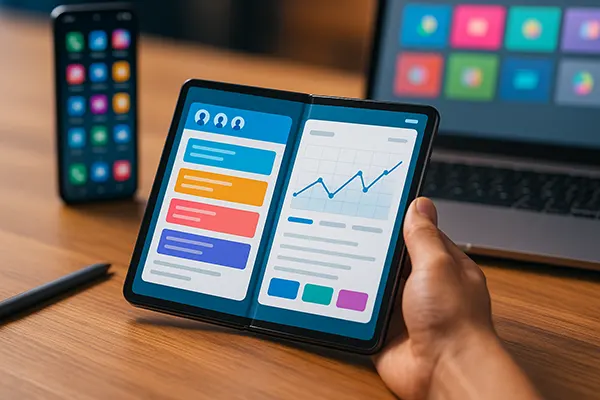Voice AI in Smartphones: Will It Replace Touch and Keyboard?

In 2025, smartphones have become more powerful than ever, integrating advanced artificial intelligence systems to simplify daily tasks. One of the most transformative innovations is voice AI – digital assistants capable of executing commands, composing messages, navigating applications, and even providing contextual support based on user habits. As this technology becomes more refined, a pertinent question arises: will voice AI replace traditional input methods like touchscreens and physical or virtual keyboards?
Voice AI Capabilities in Smartphones
Voice AI in modern smartphones is not limited to simple commands like setting alarms or making calls. Systems such as Google Assistant, Apple Siri, and Samsung Bixby have evolved into comprehensive voice-driven tools. These AI assistants can now write emails, transcribe spoken notes, search the internet with contextual understanding, and interact with apps without requiring manual input.
The development of natural language processing (NLP) has played a pivotal role in making these systems more conversational and accurate. NLP enables AI to understand colloquialisms, infer user intent, and handle follow-up questions without needing repeated commands.
In multilingual markets like Europe and Southeast Asia, voice AI has become especially useful by supporting a wide range of languages and dialects. This makes technology more accessible to individuals who may not be comfortable with typing or navigating interfaces manually.
Limitations of Touch and Keyboard
While touch interfaces and keyboards are well-established input methods, they also have drawbacks. Typing lengthy texts on mobile keyboards can be tedious and error-prone, especially on smaller screens. Additionally, people with physical impairments may struggle with touch navigation or typing accuracy.
Situational constraints also limit manual input. For example, while driving, cooking, or exercising, users cannot easily operate touchscreens. In such cases, voice AI provides a hands-free alternative that maintains productivity and safety.
Moreover, touchscreen interfaces can become unresponsive due to environmental factors such as rain, gloves, or screen damage, making voice commands a viable backup or primary option.
Challenges and Adoption Barriers
Despite its advancements, voice AI is not without limitations. Privacy concerns remain a top barrier for adoption. Many users are wary of devices constantly listening for wake words and storing voice data, even if companies assure local processing or encrypted transmission.
Accuracy is another challenge, especially in noisy environments or for users with strong accents or speech impediments. Although AI models continue to improve, inconsistent recognition remains a deterrent for widespread reliance on voice input.
Additionally, not all applications are fully optimised for voice commands. Complex app interfaces, form-based inputs, and specific user preferences often require fine-tuned manual control that voice assistants still struggle to replicate seamlessly.
Technological Improvements in 2025
In February 2025, several smartphone manufacturers introduced AI models specifically designed for real-time edge processing, eliminating reliance on cloud servers. This drastically reduces latency and enhances privacy since commands are processed directly on the device.
New models now also include multimodal AI capabilities – combining voice with visual and touch cues. This hybrid approach ensures more accurate interpretation of user intent and offers greater flexibility for interacting with complex interfaces.
AI training datasets have also expanded to include more diverse linguistic and acoustic profiles, significantly improving speech recognition accuracy for a broader user base, including underrepresented dialects and languages.

The Future of Voice Interaction
Looking ahead, voice AI is expected to integrate more deeply into smartphone ecosystems. Developers are increasingly designing apps with voice-first interfaces, particularly in accessibility-focused and productivity-oriented categories.
Education, navigation, and content creation are sectors that stand to benefit immensely. For instance, students can dictate essays, drivers can update delivery notes, and journalists can transcribe interviews—all through voice commands.
Moreover, generative AI integration enables smartphones to summarise articles, compose replies, or translate messages using spoken input. These functions illustrate a future where touch becomes supplementary, not primary.
Will Voice Replace Touch Completely?
Despite rapid advancements, it is unlikely that voice AI will fully replace touch and keyboard input in the foreseeable future. Each method has its unique strengths, and user preferences vary widely based on context, environment, and task complexity.
Instead, the trend points toward coexistence. Voice input will complement touch interfaces, offering users more choice and flexibility. In some scenarios—such as accessibility or multitasking—voice will be the preferred method, while in others, traditional input will remain indispensable.
Ultimately, the goal of integrating voice AI is not to eliminate touch but to offer a richer, more intuitive way to interact with our most personal digital devices.




